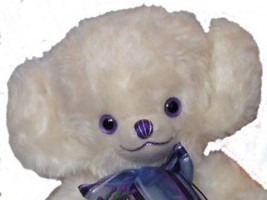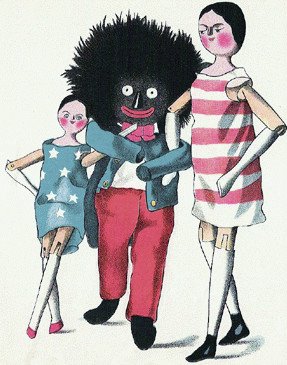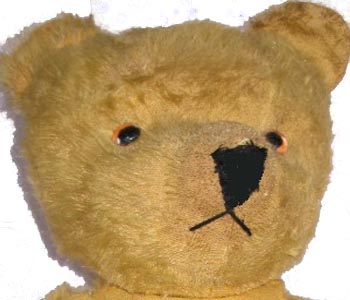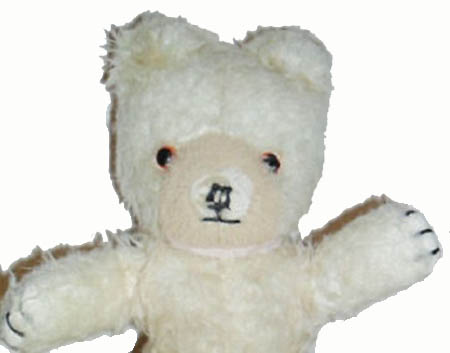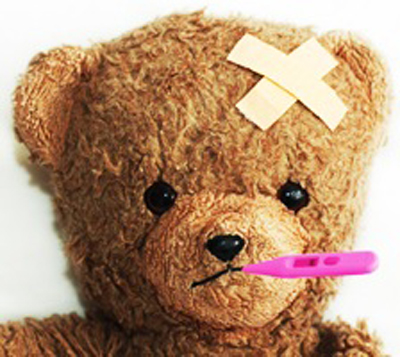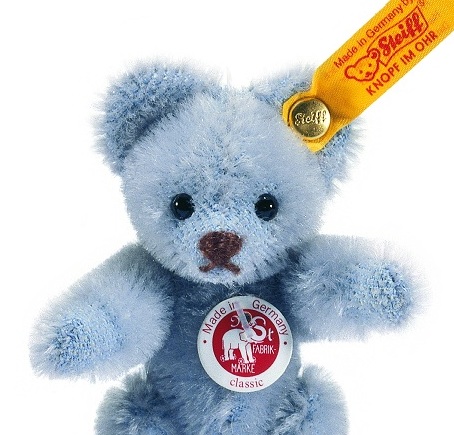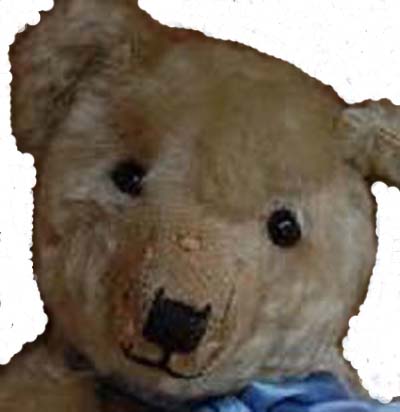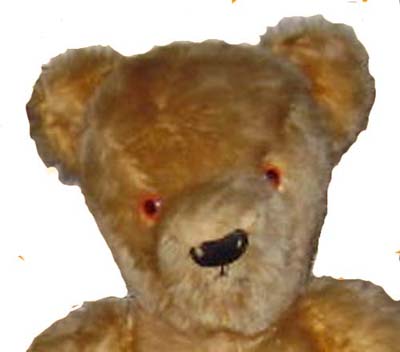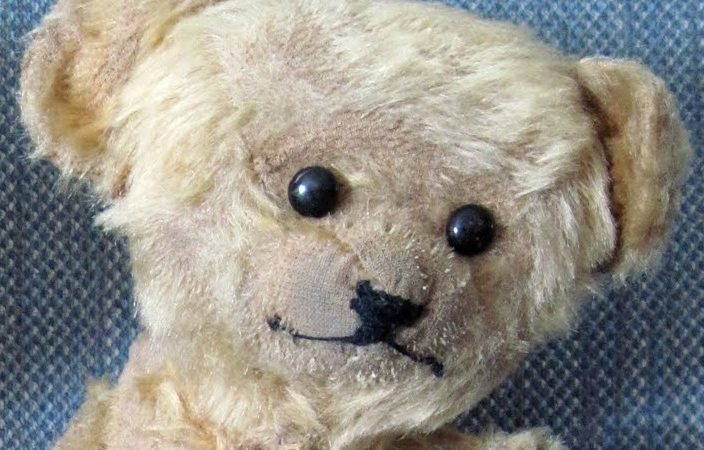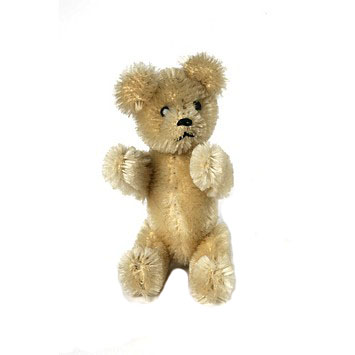
Schuco (Schreyer) Toy Company
The Schreyer Toy Company, more commonly known as Schuco, flourished during the first half of the twentieth century. It was founded in 1912 by Heinrich Muller who, after an apprenticeship with Gebruder Bing (toymakers), began his toy company with Heinrich Schreyer.
In 1913 Schreyer introduced it’s first range of soft toys, which were wheeled animals, one of which was a bear. It was very successful however the two owners were conscripted into the military after the outbreak of WW1, which closed the factory in 1914. Continue Reading…

